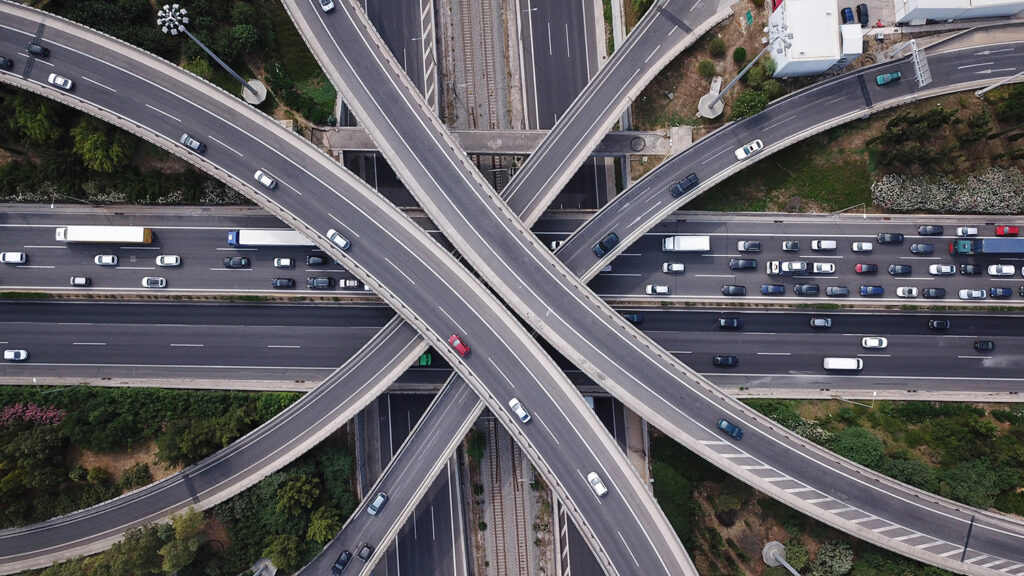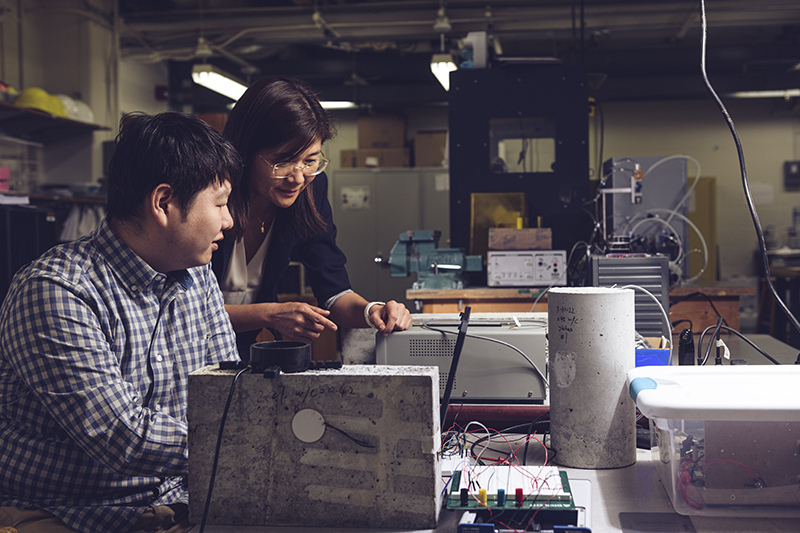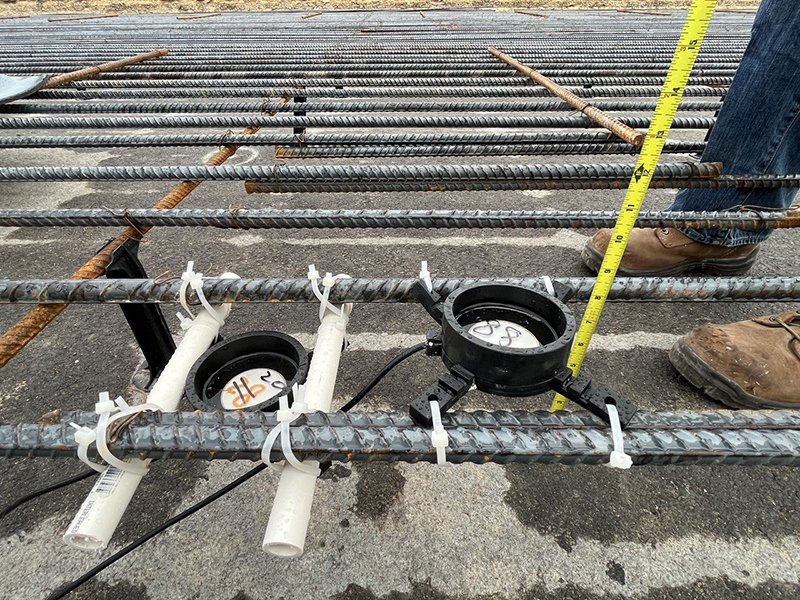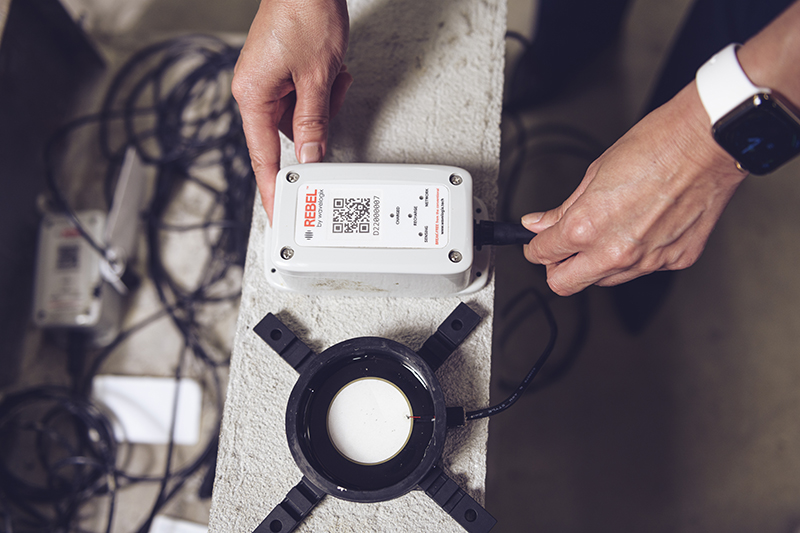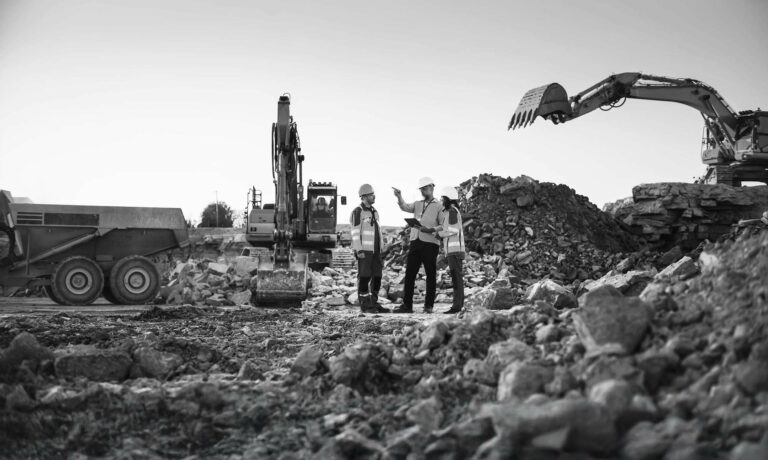It goes without saying that the concrete industry in North America is considerable in both scale and scope. The material, most widely associated with the construction sector, is pretty common. For centuries it has remained a constant, supporting and advancing industries as wide and diverse as architecture, infrastructure, and an unending variety of precast products. With over ten billion tons of it being produced annually in the United States alone, it is the most widely used material on the planet by a considerable distance. When we consider concrete, however, it seems to be in something of a static state. The mix that supports and hold most modern urban infrastructure has not changed substantially in hundreds of years and, for some, that seems to be accepted without question. Why is it though, on a planet where innovation and advancements are demanded on a daily basis, that concrete gets something of a free ride? More importantly however, does concrete provide an opportunity for technological development or is it a case of, ‘if it ain’t broke…’?
The truth, as trends to be the case, is not quite as blunt. While concrete may have been used extensively to build the incredible structures of Ancient Rome over 2,000 years ago, the material produced today is the work of much innovation and science. In fact, its evolution has come a long way since then. From bendable and self-healing concrete to breathable and recycled concrete, there is huge variety in the sector. One of the more interesting varieties is the self-cleaning kind. This photocatalytic concrete is developed by using a mixture containing titanium dioxide (TiO2) and, incredibly, breaks down harmful pollutants air. However, the leading drive in the concrete industry is its decarbonization. Carbon capture and Green Concrete are proving to be incredibly useful tools in the battle towards net-zero. According to the European Cement Research Academy, the goal is clear. “The global cement and concrete industry has embarked on a net-zero CO2 transition which is the biggest transformation ever undertaken in this sector. It is beyond question that this transformation will require tremendous effort, but the cement and concrete producers are fully committed to making this enormous task a success and delivering net-zero CO2 cement and concrete by 2050. As this transformation towards net-zero CO2 is so enormous, it is clear that an ongoing ex- change among all participants along the value chain is necessary. Different roadmaps have addressed policy tasks which comprise the need for a coherent framework of regulations and supportive actions. It will be this joint effort of the sector, policy makers and all stakeholders from the cement, concrete and construction industries, as well as the involvement of society, which will make the journey towards net-zero CO2 possible.”

Purdue University/Rebecca McElhoe 
Luna Lu 
Purdue University/Rebecca McElhoe
While this race to decarbonize concrete cannot be allowed to slow, other innovations are also taking place across the industry, each one bringing fascinating benefits to the way we live our lives. SMART products are now ubiquitous. With the perma-connected lives we now live, there is very little in our world that is not monitoring our behaviors and actions in some shape or form. Our houses can tweak air quality or temperature based on our physical movements and the lighting systems in our neighborhoods double up as CCTV. So, what next, and does concrete have a place in the SMART revolution? Well, thanks to an invention coming out of Purdue University in West Lafayette, Indiana, the answer is a resounding yes. Incredibly, due to the latest advancements hitting the industry, the ground we walk and drive on now has the ability to talk.
This groundbreaking development is the result of many years work with scientists at Purdue University, headed up by head of Purdue’s Lyles School of Civil Engineering, Luna Lu. According to Lu, with around 20% of the US interstate highway system being made of concrete, the need for a material that works positively for its environment is essential. “Traffic jams caused by infrastructure repairs have wasted 4 billion hours and 3 billion gallons of gas on a yearly basis. This is primarily due to insufficient knowledge and understanding of concrete’s strength levels. For instance, we don’t know when concrete will reach the right strength needed to accommodate traffic loads just after construction. The concrete may go through premature failure, leading to frequent repairing.” Research from initial tests and pilot programs are hugely promising and show that the material works on multiple levels. “The invention, a sensor that allows concrete to ‘talk,’ decreases construction time and how often concrete pavement needs repairs while also improving the road’s sustainability and cutting its carbon footprint. Embedded directly into a concrete pour, the sensor sends engineers more precise and consistent data about the concrete’s strength and need for repair than is possible with currently used tools and methods.” Encouragingly, more than half of U.S. states with concrete interstate pavement have signed up to participate in Federal Highway Association funded program. Currently, Indiana, Missouri, North Dakota, Kansas, California, Texas, Tennessee, Colorado, and Utah are taking part with a number of others set to join imminently.
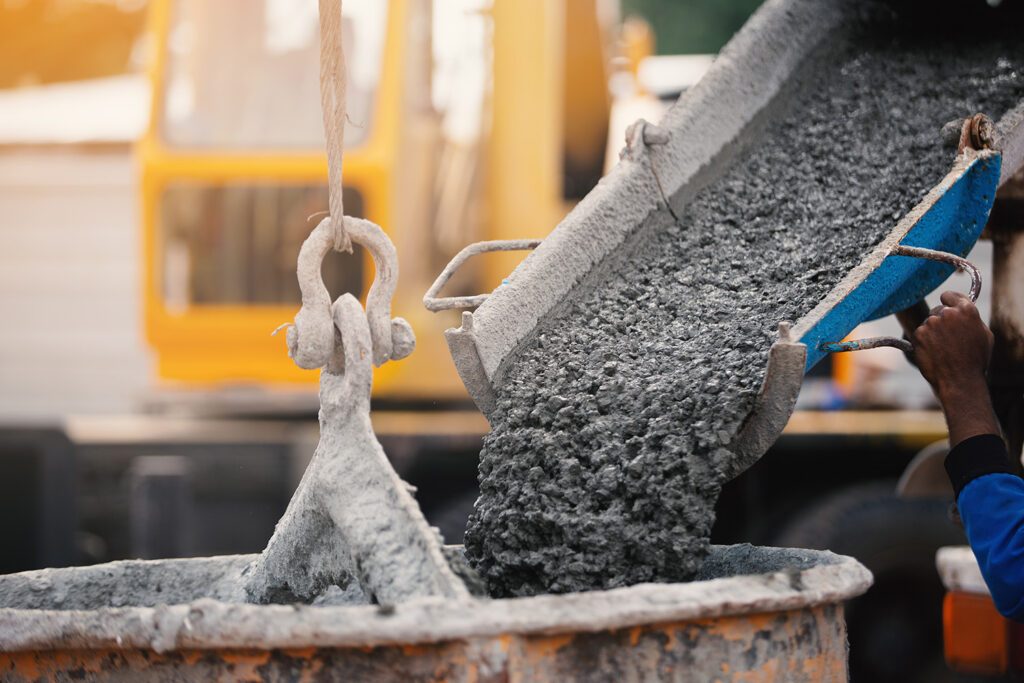
While the program is expected to yield further positive results, it is vital that this technology can be rolled out on a wide scale basis. With benefits emerging from both sustainability and technological standpoints, the technology could be a real game changer in the concrete world. Thankfully, Lu is also spearheading its wide scale production. “Wavelogix has developed a proprietary IoT sensing and data analytics platform for infrastructure testing and monitoring for the public infrastructure, vertical and other commercial construction and precast concrete markets. Our award-winning electrical impedance-based sensing technology provides real-time, in-place concrete strength without the need for any pre-established maturity-curve or index, enabling construction engineers to make accurate data-driven decisions with respect to materials selection, construction schedules, budgets, and allocation of other critical resources. Ultimately, the data Wavelogix will collect from thousands of construction projects and structures across the country will enable it to not only assess the current condition of bridges, roadways and other structures but also predict their future stability.”
With many interstates ready to adopt the innovative material and Wavelogix reading its products for the open market, it seems as though SMART concrete is very much ready to launch. Alongside the technological advances that the mixture has gone through over a few thousand years, SMART concrete may yet be the most important. To back up this huge claim, those at Purdue University are claiming that through the implementation of this technology, millions of dollars will be saved every year. With construction codes demanding a higher cement content than necessary in order to meet strength thresholds, Lu believes that concrete mix “over design” amounts to over one billion tons of carbon annually. “The biggest problem with concrete mixes is that we use more cement to increase the concrete’s strength. That won’t help open the road to traffic any sooner. I feel a strong sense of responsibility to make an impact on our infrastructure through developing new types of technology. In the field of civil engineering, if we don’t make an impact on the world, there won’t be a world to worry about.”









